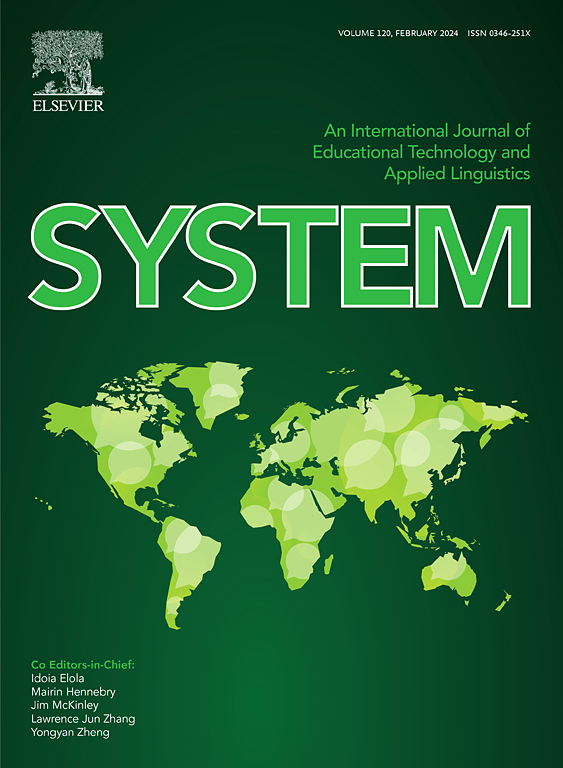Seasonal influence on miRNA expression dynamics of extracellular vesicles in equine follicular fluid
IF 6.5
1区 农林科学
Q1 Agricultural and Biological Sciences
引用次数: 0
Abstract
Ovarian follicular fluid (FF) is a dynamic environment that changes with the seasons, affecting follicle development, ovulation, and oocyte quality. Cells in the follicles release tiny particles called extracellular vesicles (EVs) containing vital regulatory molecules, such as microRNAs (miRNAs). These miRNAs are pivotal in facilitating communication within the follicles through diverse signaling and information transfer forms. EV-coupled miRNA signaling is implicated to be associated with ovarian function, follicle and oocyte growth and response to various environmental insults. Herein, we investigated how seasonal variations directly influence the ovulatory and anovulatory states of ovarian follicles and how are they associated with follicular fluid EV-coupled miRNA dynamics in horses. Ultrasonographic monitoring and follicular fluid aspiration of preovulatory follicles in horses during the anovulatory (spring: non-breeding) and ovulatory (spring, summer, and fall: breeding) seasons and subsequent EV isolation and miRNA profiling identified significant variation in EV-miRNA cargo content. We identified 97 miRNAs with differential expression among the groups and specific clusters of miRNAs involved in the spring transition (miR-149, -200b, -206, -221, -328, and -615) and peak breeding period (including miR-143, -192, -451, -302b, -100, and let-7c). Bioinformatic analyses showed enrichments in various biological functions, e.g., transcription factor activity, transcription and transcription regulation, nucleic acid binding, sequence-specific DNA binding, p53 signaling, and post-translational modifications. Cluster analyses revealed distinct sets of significantly up- and down-regulated miRNAs associated with spring anovulatory (Cluster 1) and summer ovulation–the peak breeding season (Clusters 4 and 6). The findings from the current study shed light on the dynamics of FF-EV-coupled miRNAs in relation to equine ovulatory and anovulatory seasons, and their roles in understanding the mechanisms involved in seasonal shifts and ovulation during the breeding season warrant further investigation.季节对马卵泡液细胞外囊泡中 miRNA 表达动态的影响
卵泡液(FF)是一种随季节变化的动态环境,会影响卵泡发育、排卵和卵母细胞质量。卵泡中的细胞会释放出被称为胞外囊泡(EV)的微小颗粒,其中含有重要的调控分子,如微小核糖核酸(miRNA)。这些 miRNA 在通过各种信号和信息传递形式促进卵泡内的交流方面起着关键作用。EV耦合的miRNA信号与卵巢功能、卵泡和卵母细胞的生长以及对各种环境损伤的反应有关。在此,我们研究了季节变化如何直接影响卵巢卵泡的排卵和无排卵状态,以及它们与马卵泡液EV耦合miRNA动态的关系。在无排卵(春季:非繁殖期)和有排卵(春季、夏季和秋季:繁殖期)季节对马的排卵前卵泡进行超声波监测和卵泡液抽吸,随后进行EV分离和miRNA分析,发现EV-miRNA货物含量存在显著差异。我们确定了 97 个 miRNA 在不同组间有差异表达,并确定了参与春季过渡期(miR-149、-200b、-206、-221、-328 和 -615)和繁殖高峰期(包括 miR-143、-192、-451、-302b、-100 和 let-7c)的特定 miRNA 群。生物信息学分析表明,miR-143、-192、-451、-302b、-100 和 let-7c 在转录因子活性、转录和转录调控、核酸结合、序列特异性 DNA 结合、p53 信号转导和翻译后修饰等各种生物学功能方面都有富集。聚类分析揭示了与春季无排卵(聚类1)和夏季排卵--繁殖旺季(聚类4和6)相关的明显上调和下调的miRNA。本研究的结果揭示了FF-EV偶联miRNA与马排卵和无排卵季节的动态关系,它们在理解季节转换和繁殖季节排卵机制方面的作用值得进一步研究。
本文章由计算机程序翻译,如有差异,请以英文原文为准。
求助全文
约1分钟内获得全文
求助全文
来源期刊

Journal of Animal Science and Biotechnology
AGRICULTURE, DAIRY & ANIMAL SCIENCE-
CiteScore
9.90
自引率
2.90%
发文量
822
审稿时长
17 weeks
期刊介绍:
Journal of Animal Science and Biotechnology is an open access, peer-reviewed journal that encompasses all aspects of animal science and biotechnology. That includes domestic animal production, animal genetics and breeding, animal reproduction and physiology, animal nutrition and biochemistry, feed processing technology and bioevaluation, animal biotechnology, and meat science.
 求助内容:
求助内容: 应助结果提醒方式:
应助结果提醒方式:


